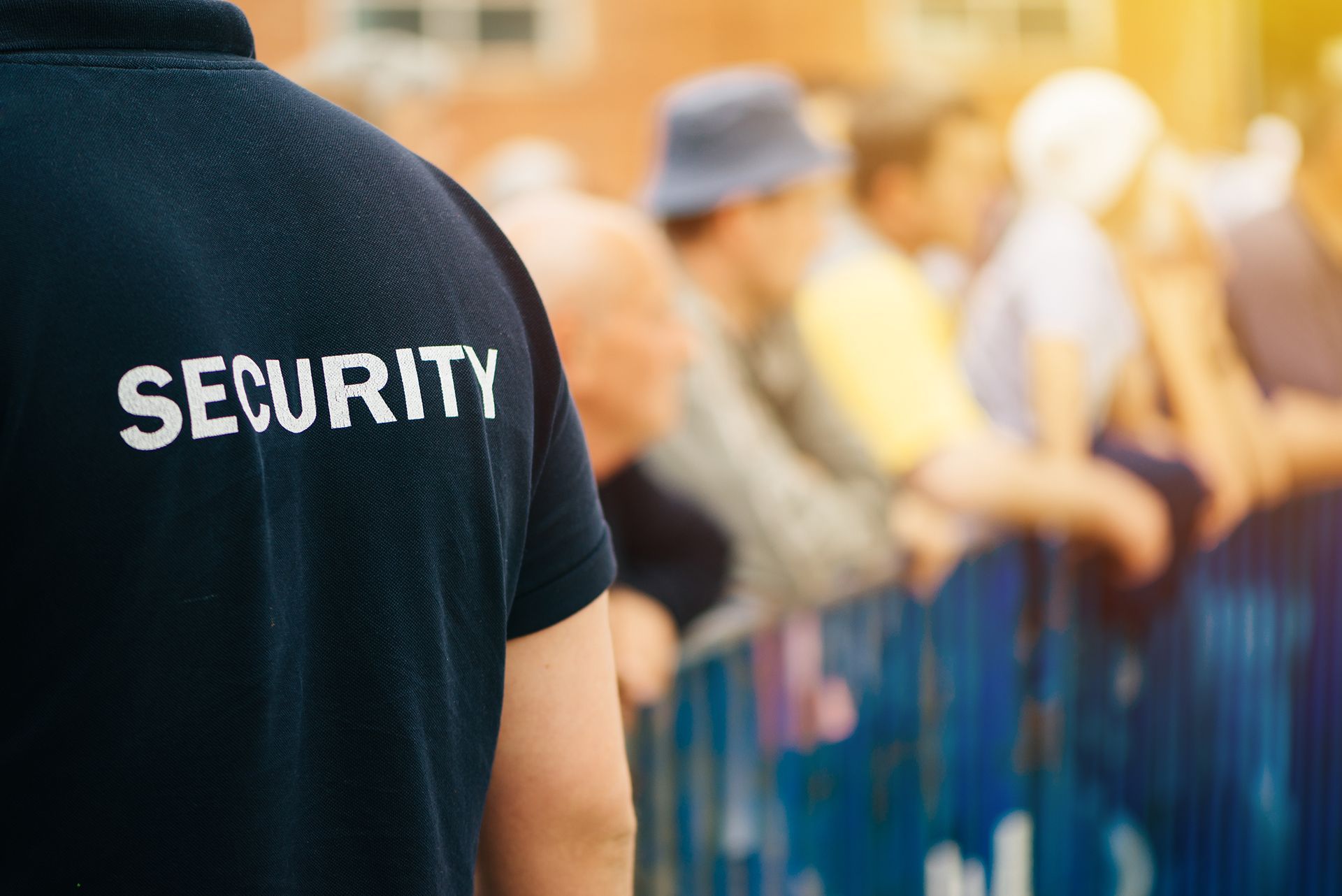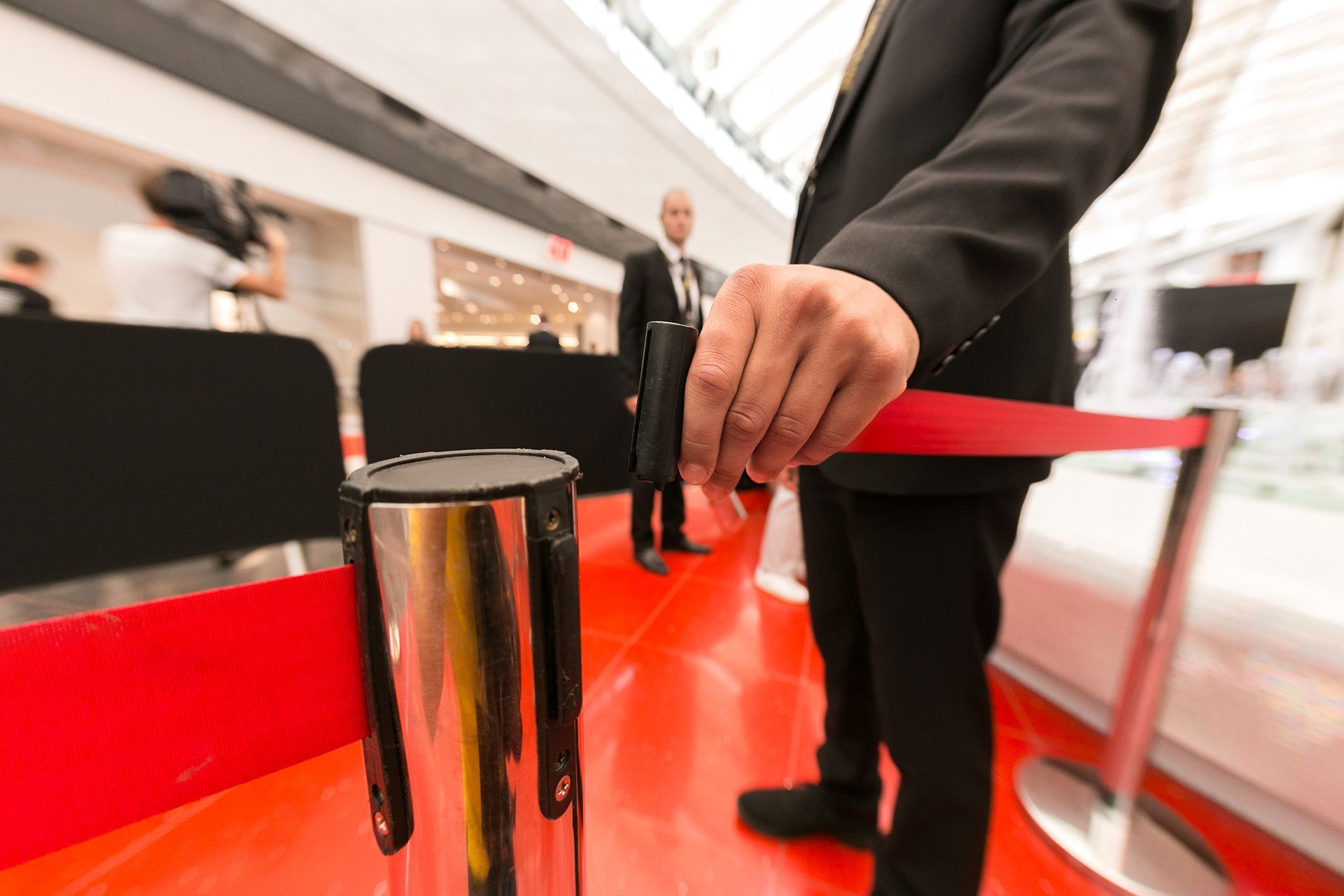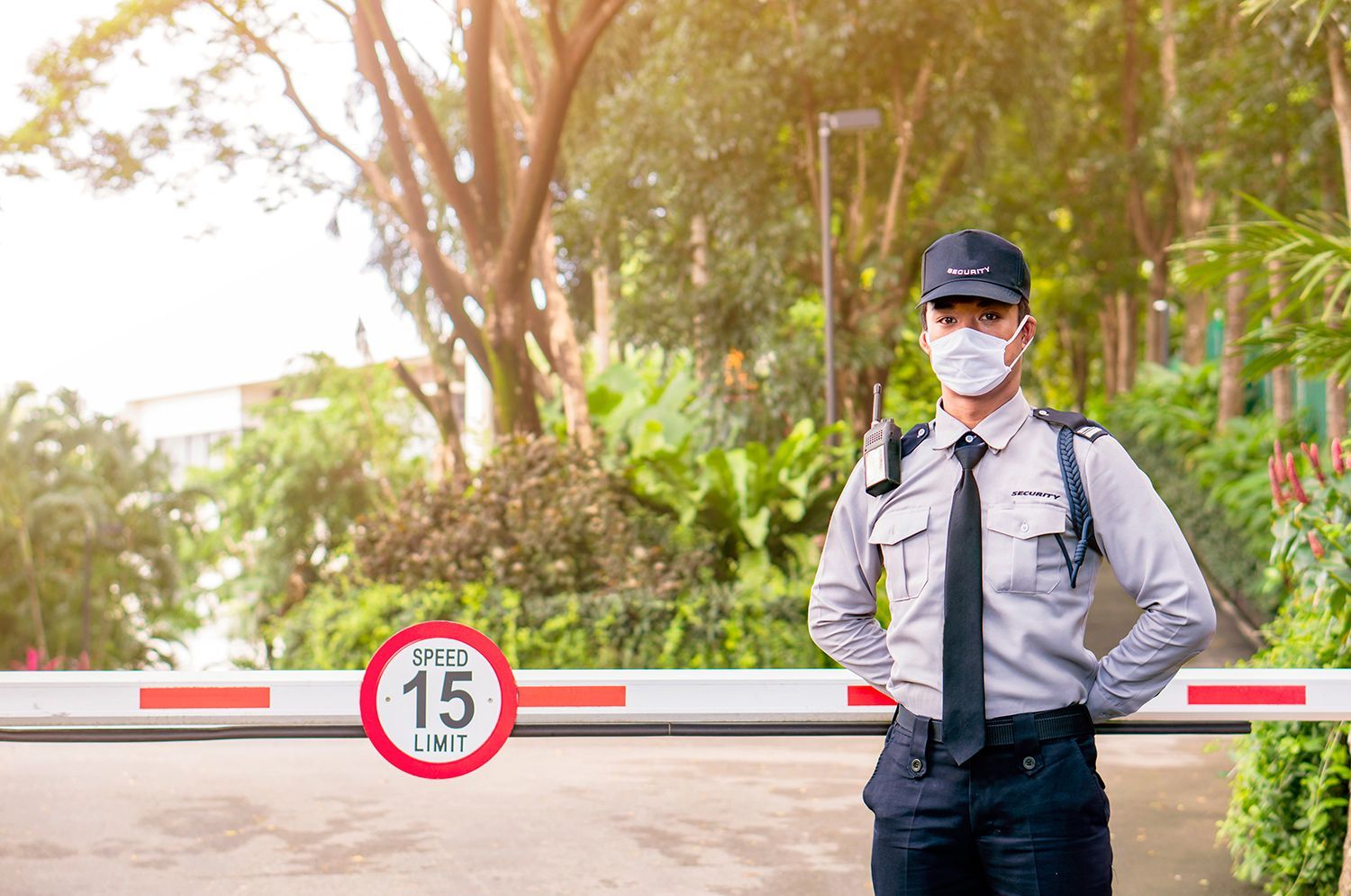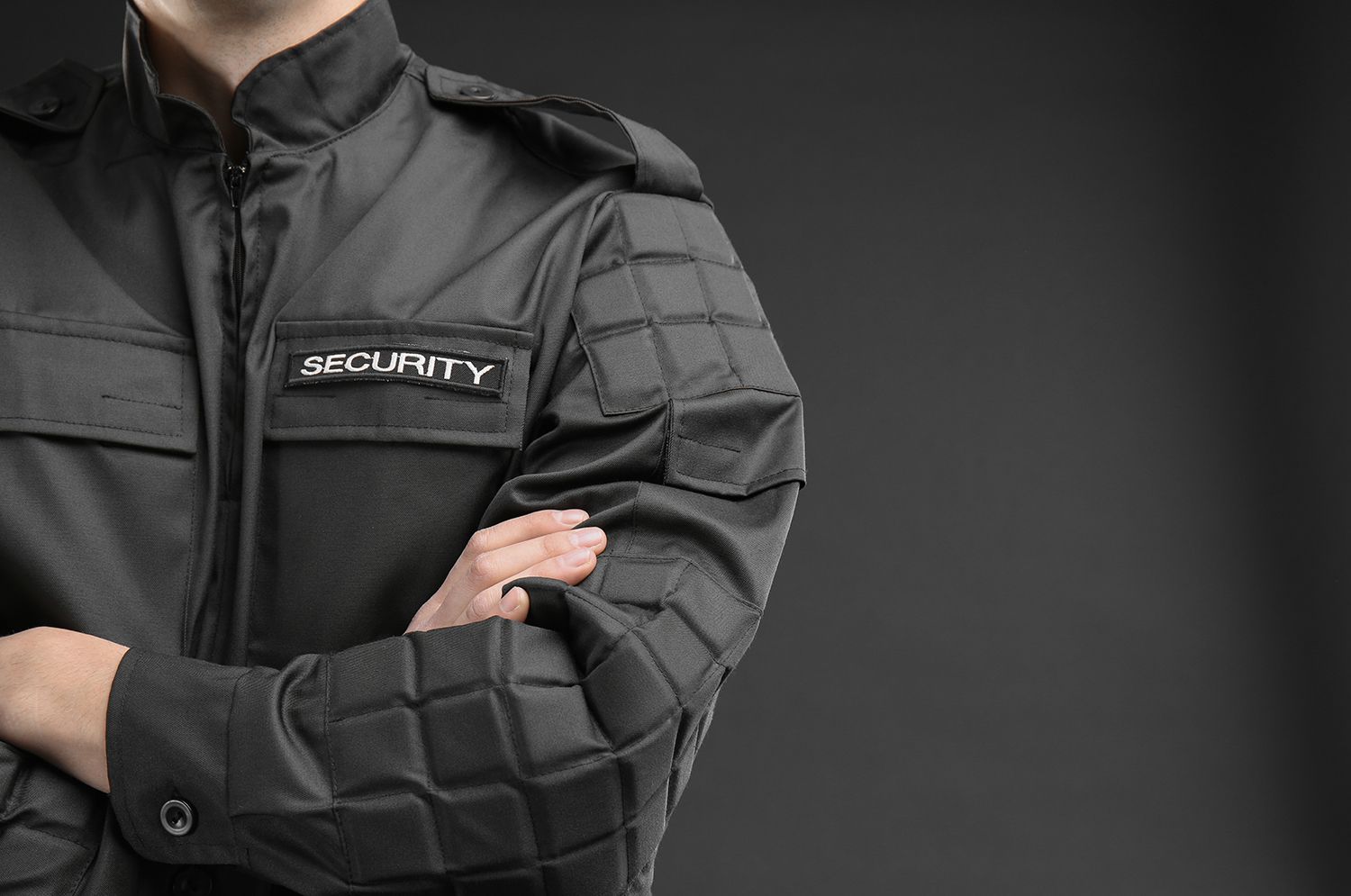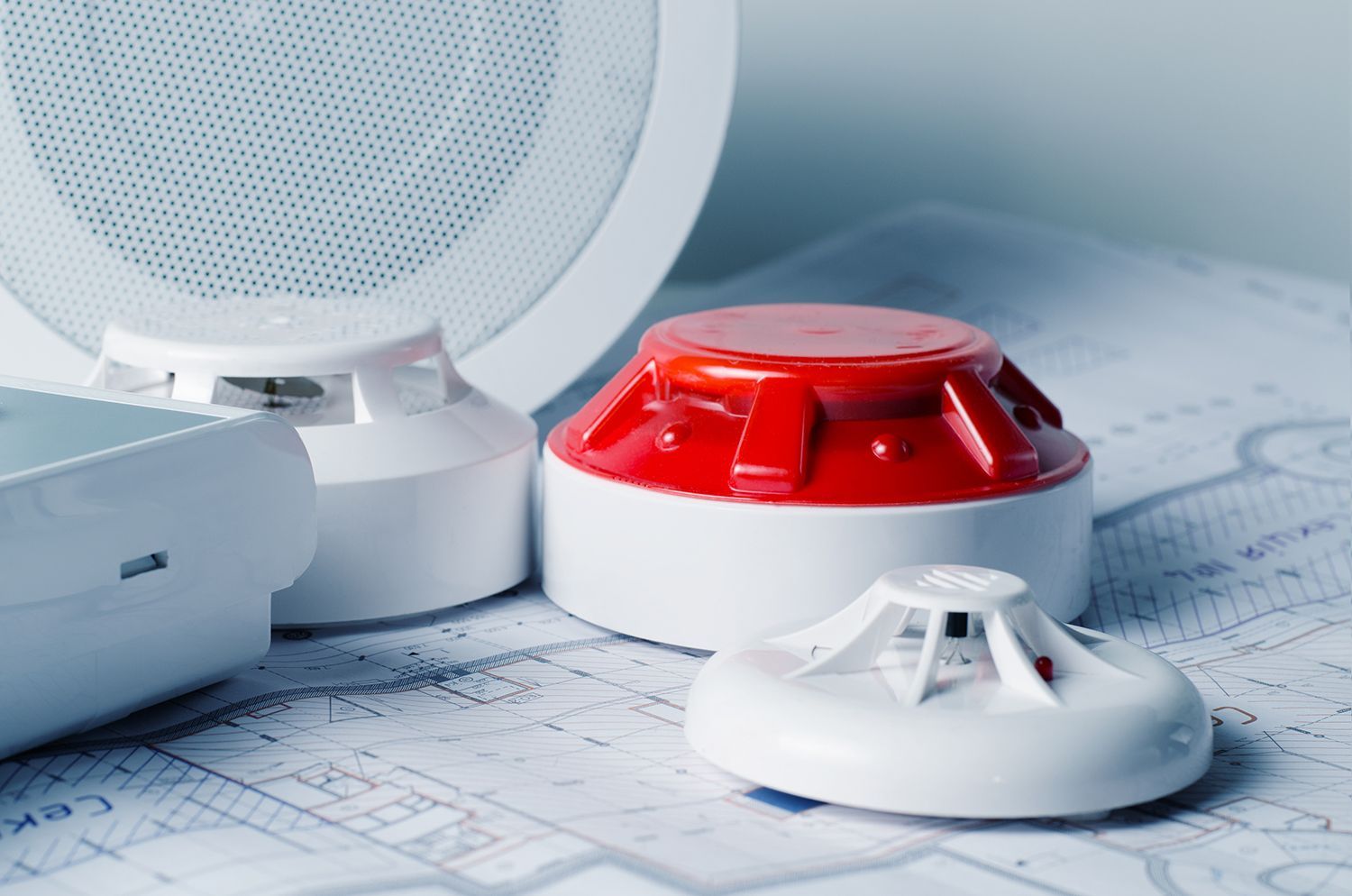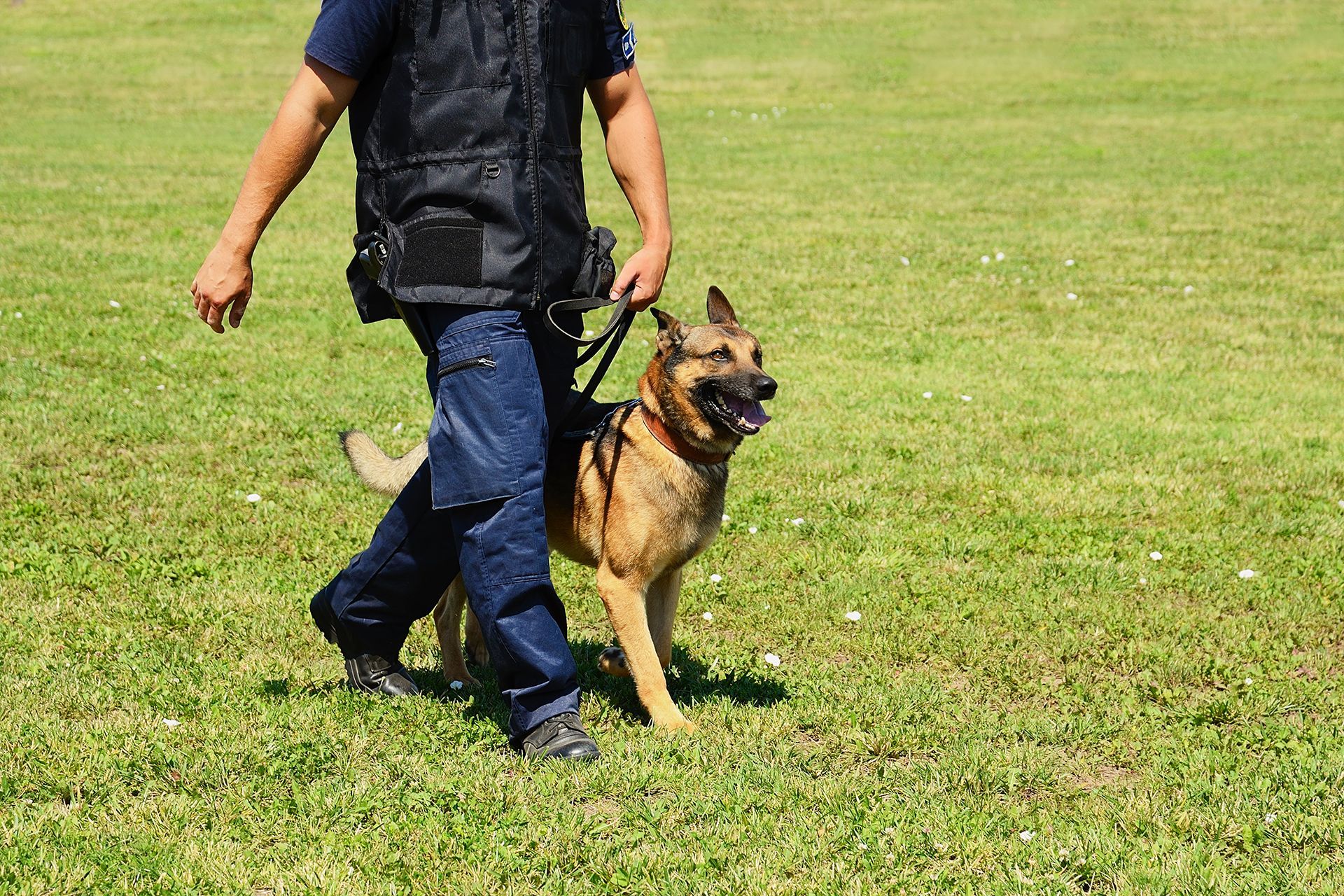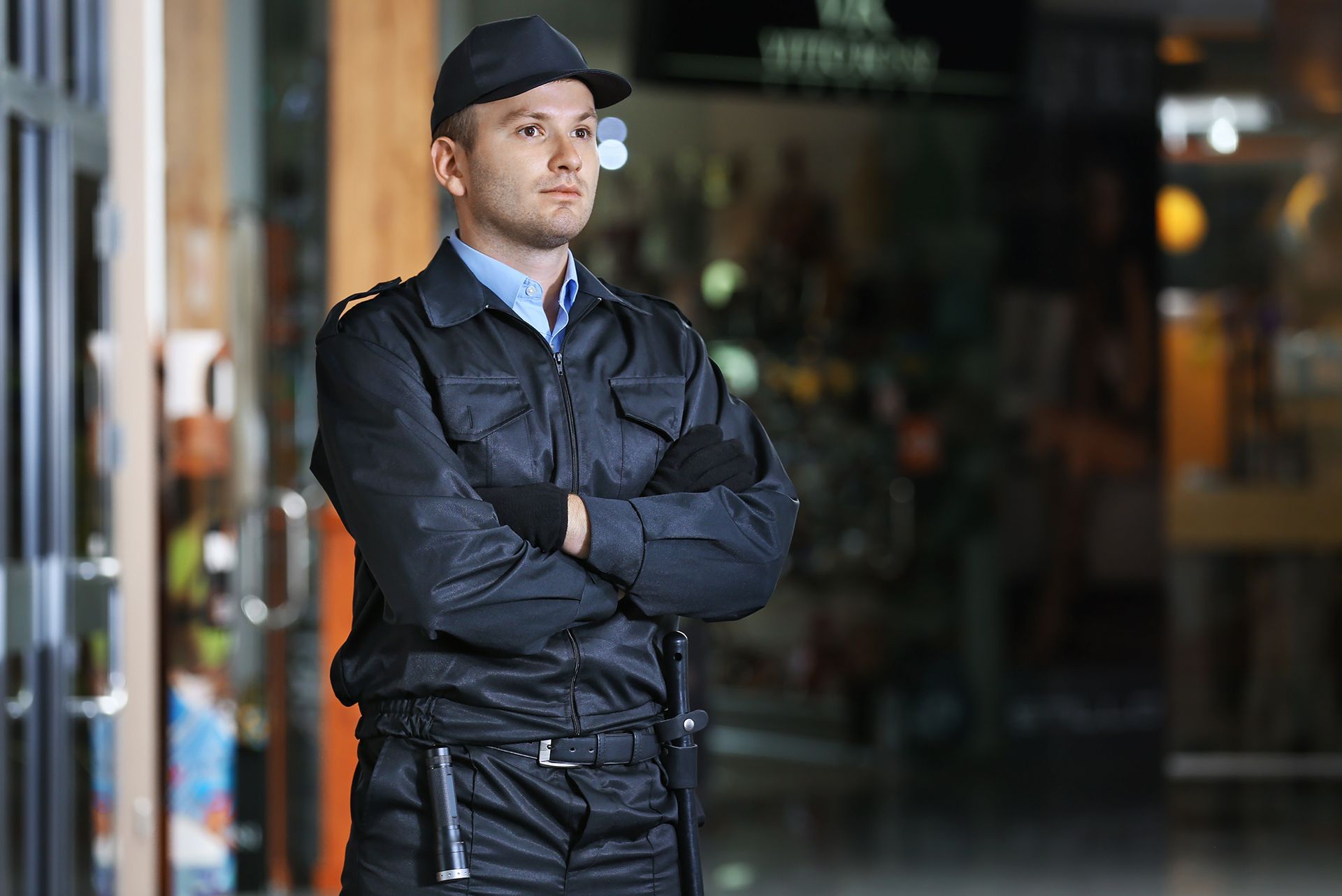What Is Static Guarding? When to Hire?
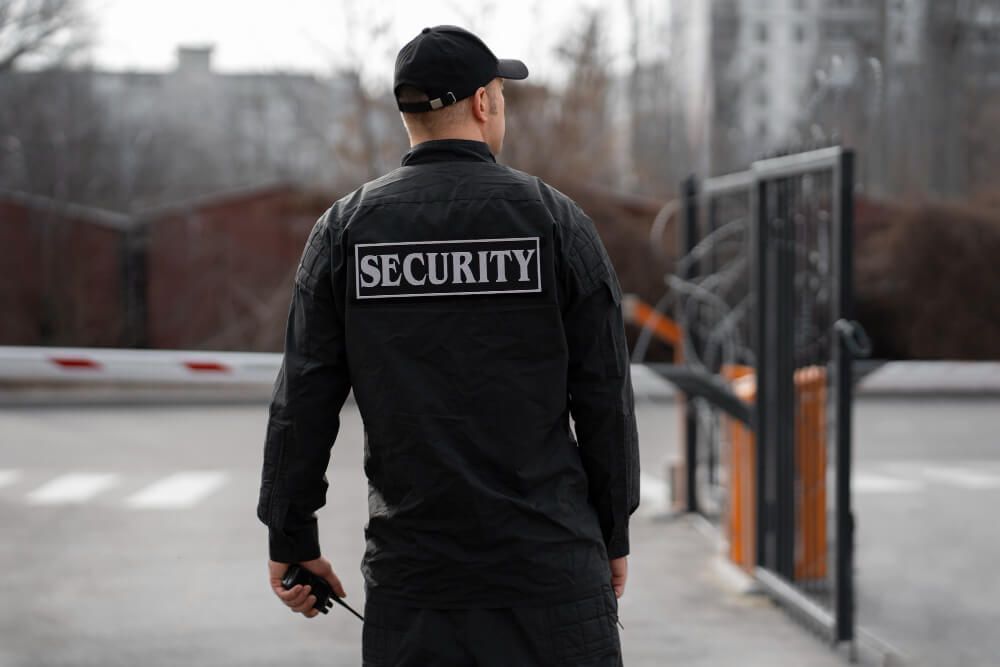
Static guarding is a security service type in which a guard is deployed at a particular location to deter crime, prevent unauthorised access, and provide a visible presence. They protect businesses, schools, government buildings, and other high-value or sensitive properties.
What Do Static Security Guards Actually Do?
First, don't get confused with the term ‘static’. It may sound like the static security guards don't move from a spot; they might not, but this is not always the case. They perform a lot of tasks other than simply standing in one spot. These include:
- Monitoring access points and preventing unauthorised entry
- Patroling the property to deter crime and suspicious activity
- Monitoring security cameras and alarm systems
- Providing customer service and assistance to visitors
- Reporting suspicious activity to law enforcement
How Is Static Security Guard Different from Mobile?
Static security guards typically safeguard a particular area or place. While they are primarily stationed at a fixed location, they may also conduct patrols within buildings or grounds in addition to being present at a security desk.
In contrast, mobile security guards are assigned to multiple locations, and their role involves travelling between these locations to provide security services.
Simply put, static guards focus on protecting a specific site, while mobile guards are tasked with securing various sites by moving between them.
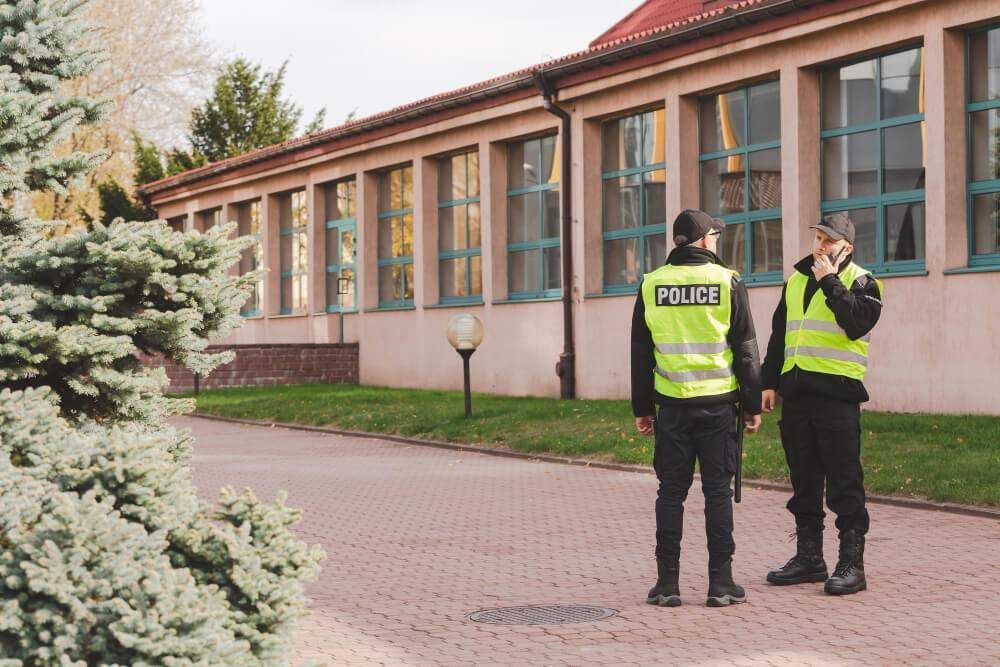
What Are the Reasons to Hire Static Guards?
To Prevent Unauthorised Visitors
Static guards effectively deter and keep unwanted visitors away from your premises. By strictly controlling access and permitting only authorised individuals, they help prevent conflicts and safeguard your property from damage and theft.
To Ensure the Safety of Visitors and Staff
Static guards provide a sense of security for both your staff and visitors. They ensure that only authorised individuals enter the premises, thereby reducing the risk of unauthorised entry and potential threats such as attacks or accidents.
Whether it's an office, shopping centre, or stadium, static guards help maintain a safe environment for everyone present.
To Give You the Peace of Mind
With a static guard on-site, you can have peace of mind knowing that your workers and visitors are safeguarded. They ensure the safety of individuals and safeguard the assets and resources your organisation has worked hard to earn.
By monitoring the premises, static guards help deter vandalism and mitigate potential problems caused by disgruntled visitors or employees.
To Have Additional Surveillance
Static guards serve as a pair of vigilant eyes and ears. While they may not entirely prevent accidents, their presence helps ensure that mistakes or protocol violations are promptly noticed.
They can swiftly respond to incidents, alert the appropriate authorities, and take necessary measures to minimise damage or harm.New paragraph
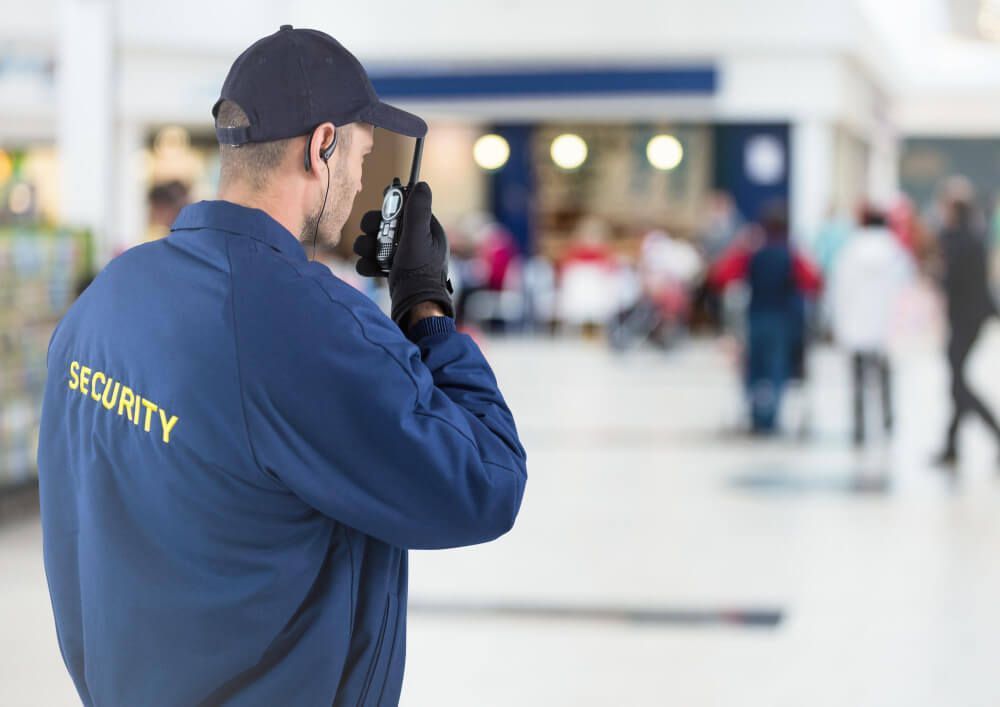
How Static Security Guards Keep My Business Safe?
By Protecting Your People and Property
Static security guards are deployed to safeguard your staff, visitors, buildings, and surroundings. Their presence is a deterrent, deterring potential problems and unauthorised access, thereby maintaining a safe and secure environment.
By Building Trust and Safety
Static security guards instils a sense of safety and trust among your staff and visitors. Knowing that trained professionals are present to handle security concerns fosters a positive atmosphere and enhances overall confidence.
By Offering Efficient Crowd Management
Static guards are adept at managing crowds effectively, particularly during events or busy periods. They minimise potential issues or incidents by skillfully handling crowd movements and ensuring adherence to safety protocols.
By Preventing Crimes and Enforcing Policies
Static guards actively prevent crimes from occurring by maintaining a visible presence and enforcing security policies and procedures. They help ensure that your staff follows the established guidelines, reducing security risks and maintaining order within your business premises.
By Swift Responding to Incidents
In the event of an incident, static security guards respond promptly and take appropriate action. They can liaise with emergency services if necessary, ensuring incidents are accurately reported and helping identify preventive measures to avoid similar issues.
What to Consider When Hiring Static Security?
If you are considering static guarding for your business or property, you should keep a few things in mind. Don't forget to decide accordingly when deploying static security guards.
- The Type of Property. Static guarding is not suitable for all kinds of premises. It is most effective in high-value or sensitive areas with a crime risk or unauthorised access.
- The Size of the Property. The size of the property will also affect the number of guards needed. A larger property will require more guards to provide adequate coverage.
- The Budget. Static guarding can be a cost-effective security solution, but the cost will vary depending on the size of the property and the number of guards needed.
What Is a "Static Post" In Security?
In security terminology, a "static post" is a fixed location or position to which static security personnel or guards are assigned for surveillance, monitoring, and controlling access to a specific area.
In simple words, a static post can be any area within a facility, property, or site that requires constant monitoring and protection. It is a designated spot where security personnel remain stationed to fulfil their security duties.
For your information, common examples include entrances, checkpoints, gatehouses, security desks, or sensitive locations within premises—areas where A-Z Security Services Ltd deploys trained professionals to ensure optimal safety and control.

